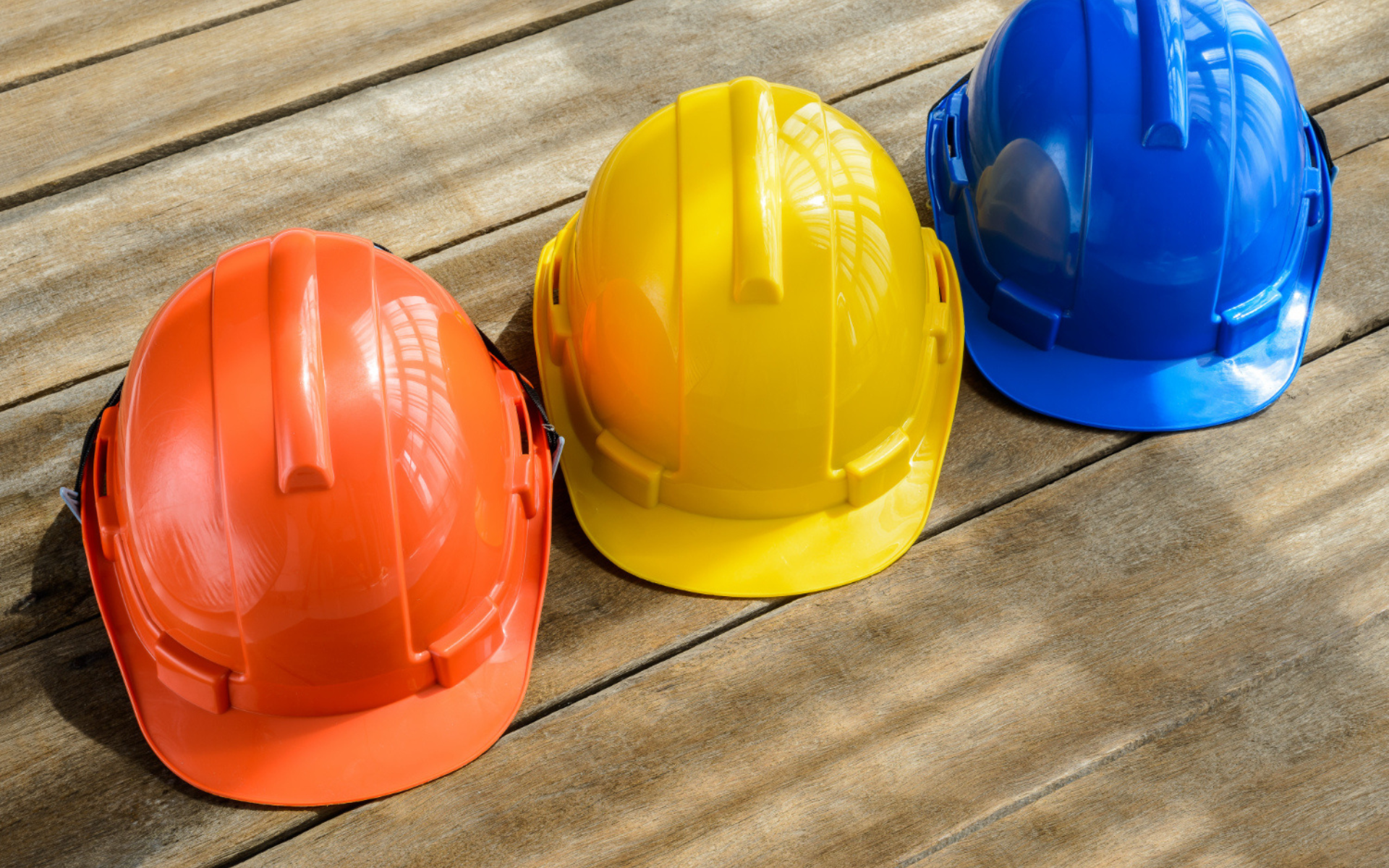More About This Programme
Ministry of Manpower has initiated an Enhanced Workplace Health Surveillance (WHS+) Consultation and Audit Programme on the monitoring of workplace environments to assess exposure levels of workers to occupational health related hazards such as chemical or workplace noise hazard. Depending on the exposure level, workers’ health are to be monitored through medical screening to detect overexposures and early signs of occupational diseases.
Typical industries that have chemical and / or workplace noise hazards are:
Food, beverage and tobacco
Healthcare
Logistics and transport
Marine
Metal working
Non-metallic mineral products
Pharmaceuticals and biological products
Refineries and petrochemicals
Rubber and plastic
Waste treatment and recycling
Woodworking and furniture
Ministry of Manpower will notify workplaces to submit declaration on their work activities that involve in the handling of toxic substances and workers working on noisy processes.
Enhanced Workplace Health Surveillance (WHS+) Consultation and Audit Programme
Upon identified by MOM, workplaces with high exposure to toxic substances and noise are required to undergo Enhanced Workplace Health Surveillance (WHS+) Consultation and Audit Programme.
There are 4 phases in this programme which the identified workplaces are required to go through.
Phase 1: Gap Analysis
Engage a consultant or competent person to conduct a gap analysis on the management of workplace chemical and noise hazards.
Phase 2: Develop Control and Implementation Plan (CIP)
Upon completed the gap analysis, a CIP will need to be developed and implemented to address the effective control of chemicals or noise at the workplace so as to reduce workers’ exposure to acceptable levels.
Phase 3: Third-Party Audit
Upon completion of Phase 1 and Phase 2, workplace will need to engage Third-Party Auditors to conduct an audit, looking into the closure and effectiveness of the implementation.
Phase 4: Exit Assessment
Identified workplaces will exit from this Enhanced WHS+ Consultation and Audit Programme when it is able to demonstrate that there are significant improvement in its Workplace Surveillance Programme after Phase 1 to 3.
QuESH is accredited to conduct WSH Audit for Construction and Chemical Industries. To know more on how we are able to assist you in this Enhanced Workplace Health Surveillance (WHS+) Consultation and Audit Programme, contact us.



